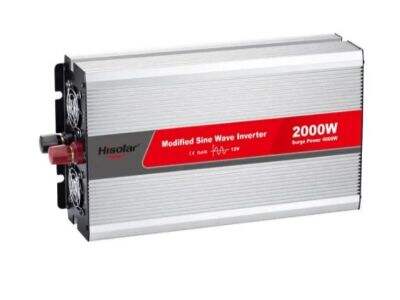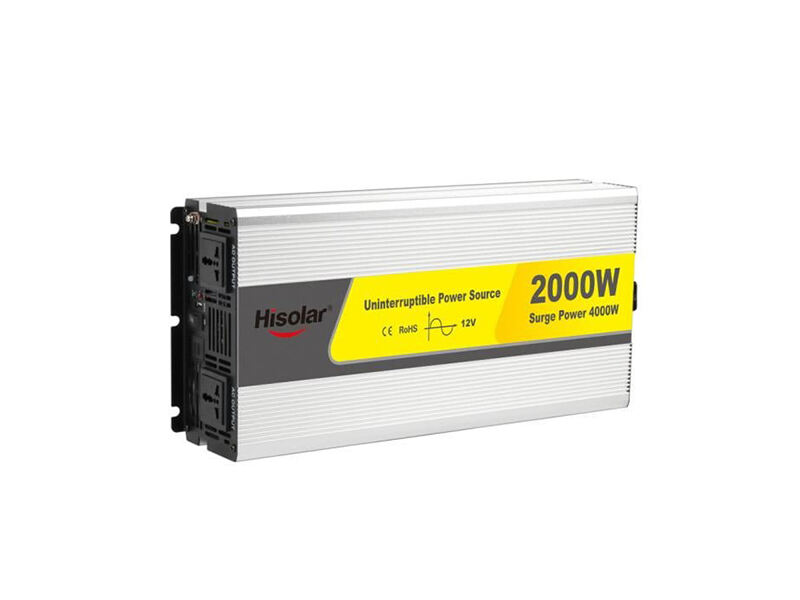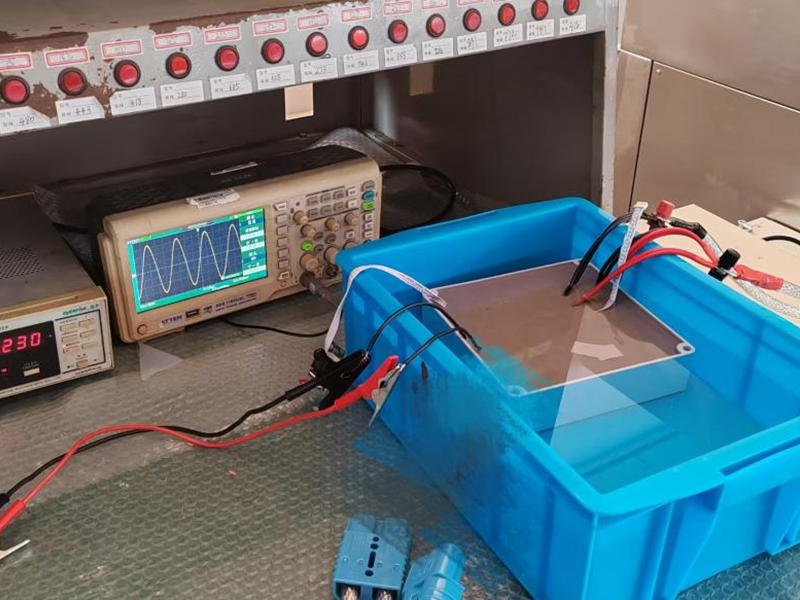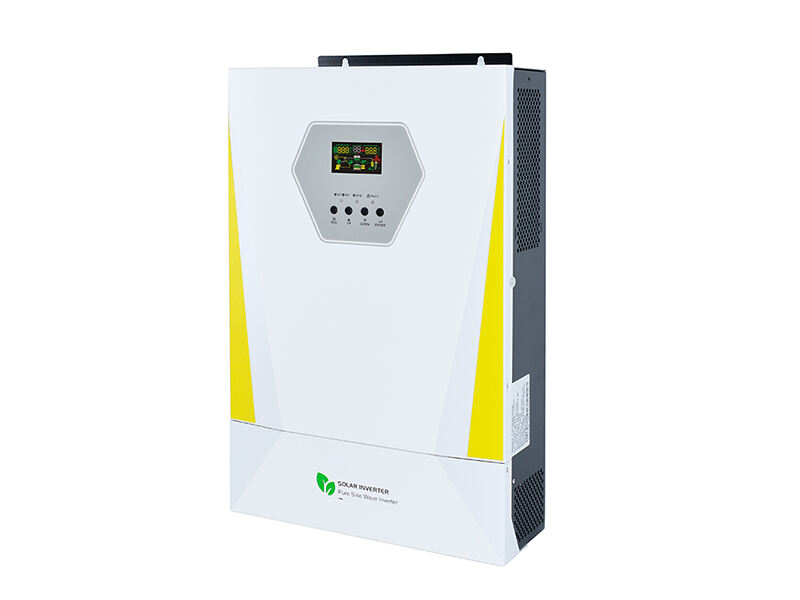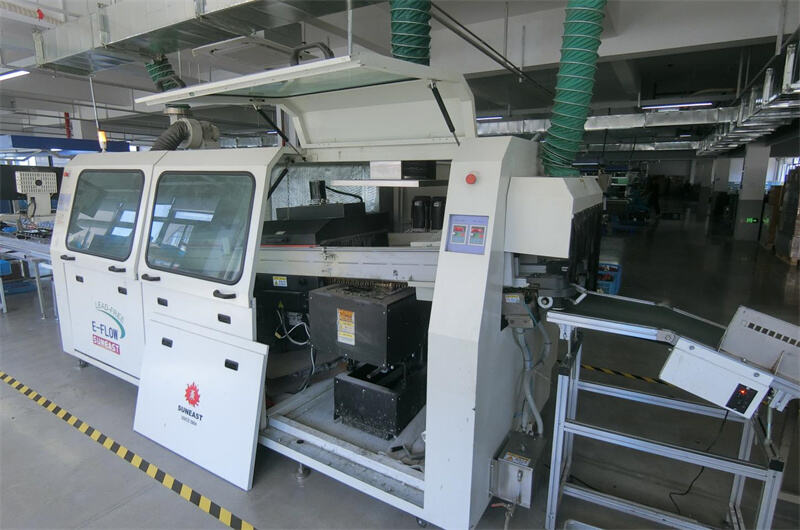One thing about installing an inverter that guys frequently screw up. Incorrect wiring could impact the Surge Voltage Protection and MPPT. By addressing these errors, you can guarantee the success of your inverter and you will be able to operate it without problems and hazards In this article, we are going to share with you some precious tips to prevent any of these common mistakes when it comes to wiring an inverter.
Inverter installation: Avoid these common pitfalls
One of the most common errors in the wiring of an inverter is choosing an inappropriate sized conductor when the Power Inverter is being connected. Too-small wire can overheat and start a fire. Make sure to use the correct size wire for the inverter you are installing. Consult the manufacturer's documentation for the correct wire size.
Another error is failing to secure the wiring. If the wiring is too loose, the connections can become loose and even detached, which can cause your inverter to fail. Double check that all wiring has been properly connected and secured with the appropriate connectors/bolts.
Also don't forget to mark all wires connections. This will help if any problem arises later. The idea of labeling concealed wiring will also help to make sure it is all hooked up correctly from the outset.
Tips to pet lightning to inverter installation
Protecting your inverter from lightning strikes: some key tips If you want to keep your solar inverter safe from lightning strikes, there are a few things to bear in mind. First, don't forget to install a lightning arrestor. This will act as an instant lightning divert arrangement from your inverter and it will safeguard it from damage.
Second: Make sure your inverter is grounded correctly.
By creating a well-designed grounding system, you are allowing any extra energy from a lightning strike to be dispersed, decreasing the risk of damage to your inverter.
3) Last but not least, do not forget to use surge protective tools. These components will act as another layer of defence for your inverter against surges caused by lightening or other electrical problems.
Key Tips for MPPT Inverter Installation I'd like to share these key tips against for your inverter installation.
MPPT, or Maximum Power Point Tracking, is a crucial feature in a number of inverters. This feature enables the inverter to get the most power of your panels. When installing your inverter, there are some critical guidelines to remember.
The first is to rule out that you are not configuring the optimal MPPT setting in your inverter. This will allow it to maximize the power your solar panels produce.
Second, place your solar panels correctly. make sure they're pointing toward the sun and that nothing is casting a shadow on them that would obstruct the light.
Top Mistakes to Avoid When Mounting Your Inverter
Apart from the above specific wiring, lightning protection and MPPT advice, here are some of the most common mistakes to avoid when installing your inverter. A common error is the failure to adhere to manufacturer recommendations for installation. Always read and follow the manufactures instructions.
Not testing your inverter after installing is another blunder that you should avoid. To test the system out for yourself and confirm that everything is functioning as it should, click “Test your requests”.
What to Remember with Wiring, Lighting Protection, and MPPT Using Your Inverter
Keep in mind that when you install your inverter, you will need to use the right sized wire, secure the wires, and label the connections. For a lightning, I would just add lightning arrestor at a minimum, also make sure you are grounding your inverter properly and think about surge protectors. Make sure upon your MPPT installation that everything is set up correctly and that your solar panels are properly placed.
Table of Contents
- Inverter installation: Avoid these common pitfalls
- Tips to pet lightning to inverter installation
- Second: Make sure your inverter is grounded correctly.
- Key Tips for MPPT Inverter Installation I'd like to share these key tips against for your inverter installation.
- Top Mistakes to Avoid When Mounting Your Inverter
- What to Remember with Wiring, Lighting Protection, and MPPT Using Your Inverter


